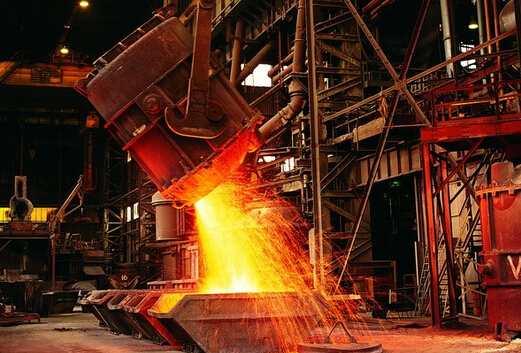
The research object is high chromium cast iron carbon steel bimetallic wear-resistant liner. Its quality mainly depends on whether the two layers of metal can be effectively combined. The interface bonding strength and interface structure determine the macro properties of the material. In order to obtain a high-quality composite interface, scholars have studied the pouring sequence of the two metal liquids in the way of double liquid non partition composite, and found that it is difficult to obtain a good composite lost foam casting by pouring cast iron first, The reasons have been discussed.
However, according to the basic principle of lost foam casting molding process design, the parts with high strength and quality requirements should be placed at the bottom of the mold, and the structural defects and impurities should be floating on the riser at the top of the workpiece through bottom-up sequential solidification. In order to improve the quality and service life of lost foam castings, the high chromium cast iron material layer as the wear-resistant working layer should be poured first.
Guan Ping successfully poured the bimetallic jaw wear-resistant lost foam castings by casting iron first and then steel through the dual liquid pouring transformation casting technology. It was observed that there were a large number of reactive pores on the carbon steel side near the interface, which seriously affected the interface bonding quality. The pores were formed by the reduction reaction of oxides in the interface bonding area under high temperature. According to the relationship between the oxygen affinity of metal elements and temperature, as shown in the figure, with the increase of temperature, the standard free energy of chromium oxide( Δ G °) is lower than that of iron oxide, so the solidified surface layer of high-temperature high chromium cast iron will inevitably generate oxide Cr2O3. When the local surface temperature of high chromium cast iron is higher than 1220 ° C after pouring carbon steel liquid, the reduction reaction between oxide Cr2O3 and C will generate metal insoluble gas CO, which is the mechanism of pore defects on the carbon steel side of the interface area after metal solidification.
The above shows that the inclusion and air hole in the interface bonding will seriously affect the bonding interface quality of composite materials, and the subsequent heat treatment will aggravate the cracking tendency in the area near the interface, resulting in the generation of macro cracks in the service process of lost foam casting. The root cause lies in the oxygen-containing air in the mold cavity of lost foam casting. The bimetal liquid lost foam composite casting technology is used to cast iron first The process sample is made by post pouring steel and the wear-resistant lost foam casting with bimetallic liner is poured. The lost foam casting belongs to negative pressure vacuum full mold casting. The carbon rich reducing atmosphere in the mold cavity can avoid the production of iron oxide cast first, and avoid the defects of the traditional casting composite interface in principle.
